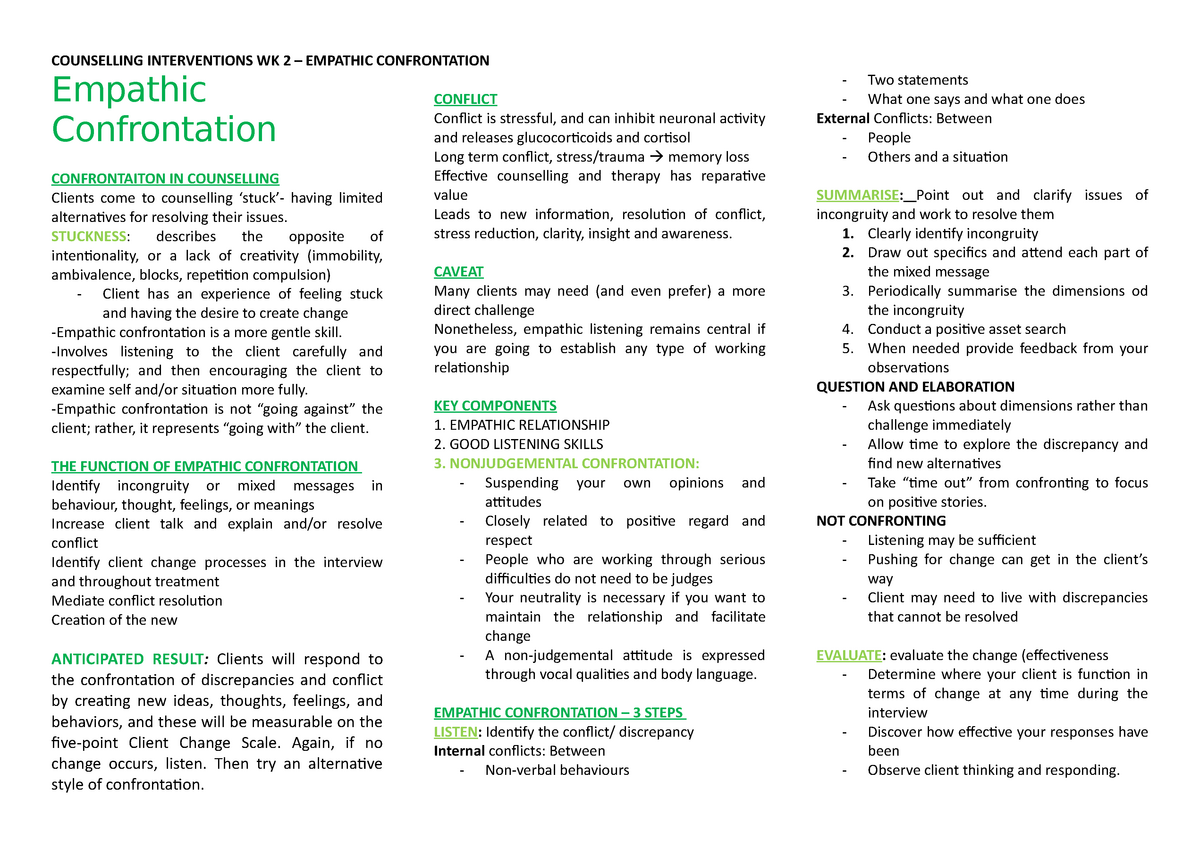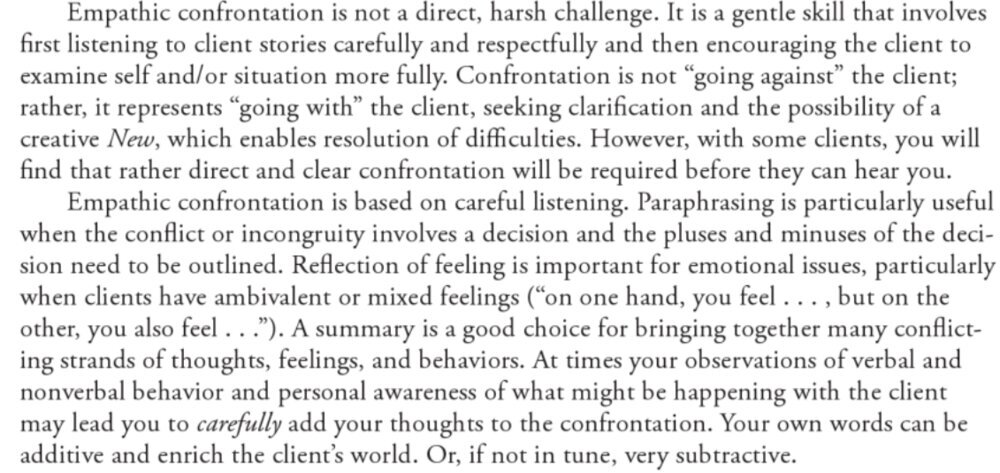David Baxter PhD
Late Founder
Schema Therapy
Urban Monk
February 20, 2011
Overview:
One of the modalities I love is Schema Therapy. This approach builds on traditional cognitive therapy, and focuses a lot more on identifying and healing schemas. Schemas are long-standing patterns of negative thoughts, emotions, and behaviours. They are underneath and cause a lot of our more surface problems, and the ST researchers have identified a list of the most common schemas that many of us have. Even better, they incorporate a lot of techniques from other systems such as psychoanalysis. In my experience, these techniques add so much more to the method and their inclusion is the main reason I enjoy it so much.
My experiences:
ST stands out from the other approaches as a ?bottom-up? approach; in other words, they start by identifying and healing the underlying cause instead of the surface problem. Although healing the underlying cause might be slower, once it changes, so does all our surface problems.
For example, one of my old problems was the tendency to give too much and then feel hurt if the other person didn?t reciprocate enough (and even if they do I still felt it wasn?t enough). Now this was a surface problem. However, this problem had an underlying root, the schema of emotional deprivation. If I fixed this problem but not the underlying schema, it leaves my deprivation active in other parts of my life. Further, it makes me vulnerable to restart my surface problem, the selfish giving. (This is not to say the ?top-down? approaches are worthless, most problems are not so long-standing or hard to change.) Identifying my schemas showed me all the other unhealthy behaviours I was doing but was unaware of ? very eye-opening and powerful.
One possible danger, though, is going through the list and finding out more schemas than you bargained for, therefore giving yourself more reason to hate yourself. Take note if you?re prone to beating yourself up or are feeling very down.
To find out more:
When I used ST, I found two major books on it. Re-inventing Your Life is the ?self-help? version of the book, and it provides information on the schemas, how to identify if it is something you suffer from, and practical self-applicable advice on recognizing how it negatively affects you and how to overcome them. There is an emphasis on taking action, which is something many of us need.
The Schema Therapy: Practitioner?s Guide was the other book I found. This was the book I really fell in love with, mostly because it contained some very powerful techniques that aren?t available in Re-inventing Your Life. However, this is with good reason, as you would need a professional in order to apply these additional techniques. If you are experienced in such techniques, try the Practitioner?s Guide. I?ve used these additional techniques on myself, and even though I?m not a Schema Therapy professional, I got a lot of benefit from them. This is not to say that Re-inventing Your Life is not good though, as it is fantastic.
You can find information on the official website and on Wikipedia, but they don?t present the best parts of Schema Therapy, in my opinion.
Urban Monk
February 20, 2011
Overview:
One of the modalities I love is Schema Therapy. This approach builds on traditional cognitive therapy, and focuses a lot more on identifying and healing schemas. Schemas are long-standing patterns of negative thoughts, emotions, and behaviours. They are underneath and cause a lot of our more surface problems, and the ST researchers have identified a list of the most common schemas that many of us have. Even better, they incorporate a lot of techniques from other systems such as psychoanalysis. In my experience, these techniques add so much more to the method and their inclusion is the main reason I enjoy it so much.
My experiences:
ST stands out from the other approaches as a ?bottom-up? approach; in other words, they start by identifying and healing the underlying cause instead of the surface problem. Although healing the underlying cause might be slower, once it changes, so does all our surface problems.
For example, one of my old problems was the tendency to give too much and then feel hurt if the other person didn?t reciprocate enough (and even if they do I still felt it wasn?t enough). Now this was a surface problem. However, this problem had an underlying root, the schema of emotional deprivation. If I fixed this problem but not the underlying schema, it leaves my deprivation active in other parts of my life. Further, it makes me vulnerable to restart my surface problem, the selfish giving. (This is not to say the ?top-down? approaches are worthless, most problems are not so long-standing or hard to change.) Identifying my schemas showed me all the other unhealthy behaviours I was doing but was unaware of ? very eye-opening and powerful.
One possible danger, though, is going through the list and finding out more schemas than you bargained for, therefore giving yourself more reason to hate yourself. Take note if you?re prone to beating yourself up or are feeling very down.
To find out more:
When I used ST, I found two major books on it. Re-inventing Your Life is the ?self-help? version of the book, and it provides information on the schemas, how to identify if it is something you suffer from, and practical self-applicable advice on recognizing how it negatively affects you and how to overcome them. There is an emphasis on taking action, which is something many of us need.
The Schema Therapy: Practitioner?s Guide was the other book I found. This was the book I really fell in love with, mostly because it contained some very powerful techniques that aren?t available in Re-inventing Your Life. However, this is with good reason, as you would need a professional in order to apply these additional techniques. If you are experienced in such techniques, try the Practitioner?s Guide. I?ve used these additional techniques on myself, and even though I?m not a Schema Therapy professional, I got a lot of benefit from them. This is not to say that Re-inventing Your Life is not good though, as it is fantastic.
You can find information on the official website and on Wikipedia, but they don?t present the best parts of Schema Therapy, in my opinion.




